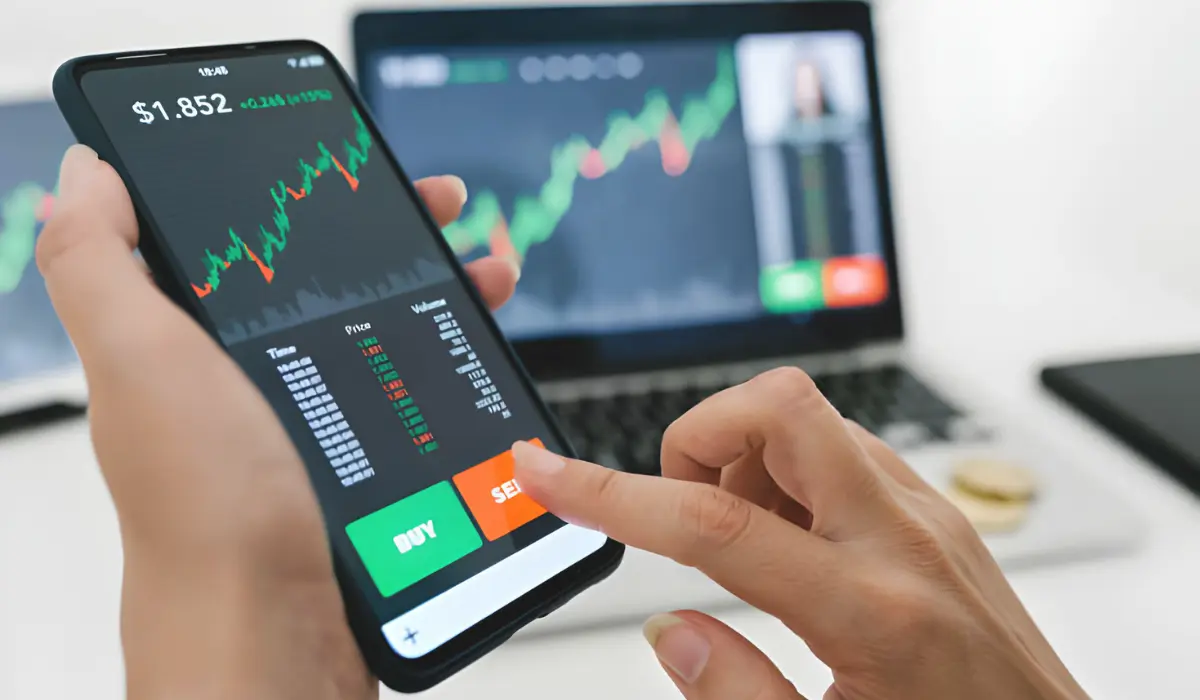You might have heard market analysts mention that cryptocurrencies are highly volatile. What it essentially means is that the prices of cryptocurrencies can fluctuate rapidly. While this can fetch you huge profits in short terms of time, there is also a huge risk of making catastrophic losses.
This high volatility can cause liquidation in cryptocurrencies. Liquidation normally means converting an asset into cash. However, liquidation in cryptocurrencies means forcibly closing a crypto trader’s position in the crypto market. Today, we will explain what liquidation means in the crypto market and tips on how to avoid it.
What Is Leverage?
The term ‘leverage’ in cryptocurrency means to borrow funds from the exchange or the brokerage platform for trading. Leveraging helps traders to multiply their chances of profit in an investment. The exchanges provide funds to the traders in exchange for a deposit.
The initial margin you pay while taking a position is called collateral. The amount of leverage depends on this collateral. While leveraging can help you earn huge profits, it also carries a huge risk. If the market moves against your position, the losses will also be multiplied and the collateral will be lost.
Crypto Liquidation
Liquidation can occur to margin and future cryptocurrency traders. When you trade in a leveraged position, the fluctuation of the cryptocurrencies can cause you to lose your entire initial margin. If the price of crypto falls below your leverage position and reaches a point where the funds in your account cannot keep the trade open, the brokerage platform automatically closes your trade.
This is known as forced liquidation. This mechanism prevents you from going into a huge loss that you cannot afford. Whereas, in a voluntary liquidation, the trader decides to exit his leverage position before going into a loss.
In voluntary liquidation, the trader can close a part of the position to avoid total loss. This is called partial liquidation and it prevents the traders from losing the entire collateral. There are ways to prevent forced liquidation while trading in crypto.

How To Avoid Liquidation In Crypto?
You have to make leverages while trading in crypto. Leverages are a huge risk and should be dealt with carefully. There are several ways to prevent liquidation while trading in cryptocurrencies.
- Understand the Risk: Analyze the risks and gains before entering a trade. Determine the amount of money you are ready to stake on a trade and what percentage of your funds you are ready to lose. Expert trade analysts recommend only investing 1% on each trade so that if the market moves against your position, you will only lose 1% from your account. You will have to lose 100 trades to lose your entire trading account fund.
- Setting Stop-Loss: A stop-loss can be set by the trader, where the asset will be sold at a predetermined position to prevent losses. Cryptocurrencies are highly volatile and move from highs to lows in a matter of seconds. Setting stop-loss will automatically execute the order, preventing you from facing a loss. The stop-loss positions are usually set where you entered the trade or just below it. You can also put stop-loss at a position where the loss would not cross 1% of your account fund. Traders do this just in case, the cryptocurrencies go up after the initial dip.
- Setting Selling Price: As mentioned earlier, cryptocurrencies are highly volatile, the prices might soar high and dip very low in a matter of seconds. In such conditions, you won’t be getting enough time to execute the order. Setting the selling price allows you to sell the asset at a rate you fix, even if it hits the price only for a fraction of a second. There are instances where traders keep on holding the asset, when it suddenly falls below the leverage position, ultimately resulting in a loss.
Conclusion
As a trader, you must understand the risks involved and take maneuvers to prevent stooping into losses. Cryptocurrencies being highly volatile, liquidation is the greatest threat faced by crypto traders. In search of high profits, most traders risk their entire deposits, ultimately ending in a negative trading account balance. So, analyze your risks, set a stop-loss, and stick to it.







